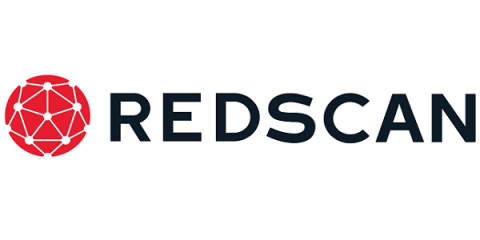Accidentally received someone else's confidential email? Here's what to do
In the best case, emailing confidential information to the wrong person can be embarrassing. In the worst case, it can cause a major security incident that puts people at risk, jeopardizes an organization's reputation, and leads to remedial and legal action. If you have sent a confidential email to the wrong person, read our article ‘Accidentally sent a confidential email to the wrong address? Here’s what to do’.










